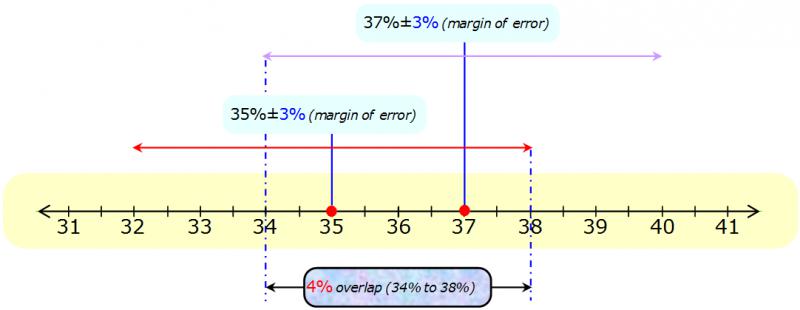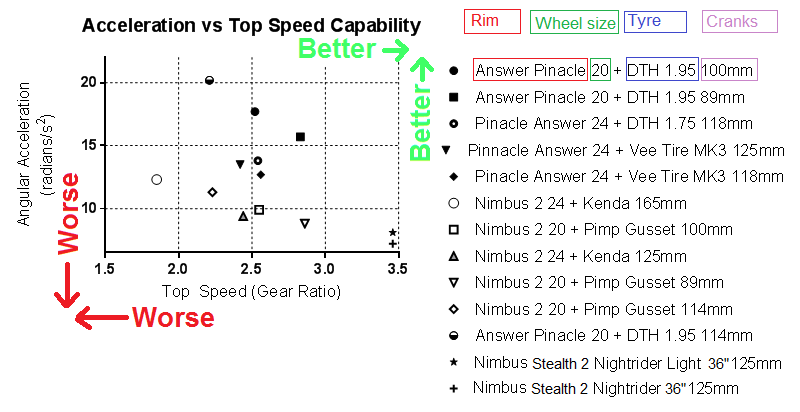I’m trying to figure out the important variables to consider when comparing different unicycle sizes. By reading through other posts, I’ve stumbled across: velocity, gear ratio, and acceleration.
Velocity
When trying to compare one unicycle size to another, other posts talk about the relationship between wheel size, cadence and velocity (velocity = cadence X wheel circumference). I understand that for a given RPM a larger wheel is going to go faster.
Gear Ratio
I love this post with a table on gear ratios: http://195.66.135.134/forums/showthread.php?t=88333
Acceleration
Other posts mention that in order to compare one unicycle size to another, it’s not just about velocity. You also need to account for how quickly a unicycle can accelerate/decelerate, which depends on wheel size, the mass of the wheel, and crank length. So, a relative acceleration calculation would be helpful (but it’s not as easy as the velocity calculation).
Are there any posts that discuss how to calculate the acceleration? I’ve done a calculation, but would like to see other posts before I post something redundant. A quick five minute search did not uncover anything.
What other variables are important?
Is there anything else to be considered?
Maybe a calculation on how easy it is for a given unicyle size to maintain a cruising velocity? I’m guessing this would be: Sum of Forces = mass X acceleration = Zero (because you are not accelerating at a constant velocity). So, the wind resistance + bearing friction + static friction force from the wheel on ground would have to equal the torqe from pedaling. The variables involved would be 1) mass of the rider+unicycle, 2) wheel size, 3) crank length, 4) drag coef of a bicyclist has to be posted somewhere, 5) coef of friction of tire on dirt or road is out there somewhere, 6) I’d ignore bearing friction.
Sorry for geeking out on you!



